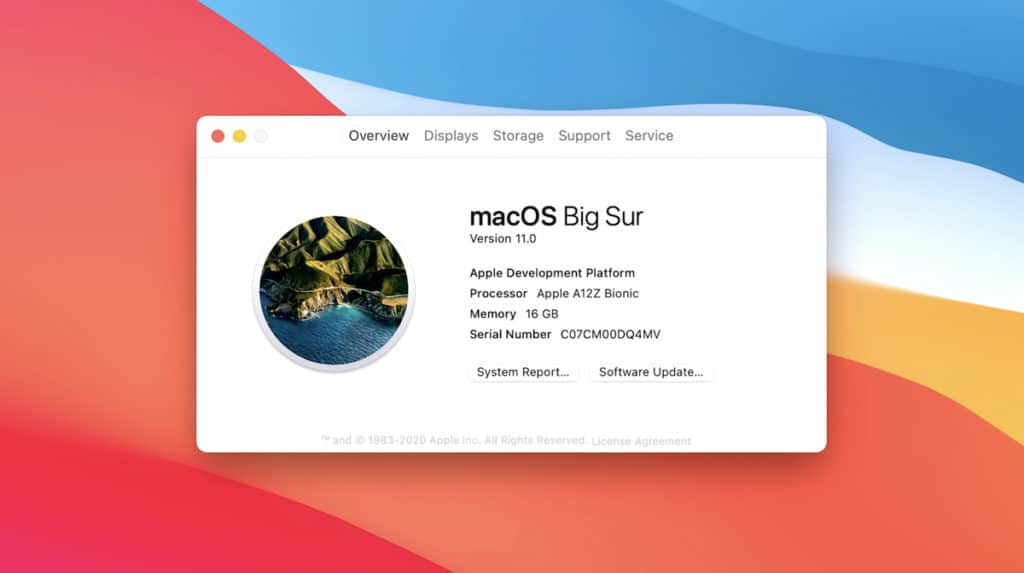Apple Are Moving Away From Intel, Manufacturing Their Own Chips Instead
Aplle Will Be Relying On Arm Based CPUs In The Future
- Last Updated Jun 23, 2020

Apple has made the monumental decision of moving away from their reliance on Intel CPUs in order to begin manufacturing and implementing their own chip architecture in their MacBook’s, starting from the end of this year.
The new processors will be ARM-based, and according to CEO Tim Cook at the recent WWDC conference (where the move was announced) the reasons for the switch over include boosting performance, improving their silicone investment and making it easier for developers and app producers to work with these new chips in the future.
The move isn’t a surprise to those who have been paying attention to Apple’s recent business movements and insider rumblings, or to those who know about Intel’s public apology to businesses who rely upon them for CPUs, but were left wanting after Intel’s own issues with manufacturing – but that doesn’t mean that the shift will be without its share of challenges and problems to solve.
For example, Apple will have to support app developers and creators in updating their software to be compatible with Apple’s new ARM-based processors, and the OS that they support – a process that was described at the conference as both a ‘bump in the road’ and simple, with new software described as much easier to ‘write and optimize for the entire Apple ecosystem’, thanks to these new processors bringing Apple’s desktop and laptop computers more in line with their iPad and iPhone hardware than before.
Hopefully, Apple’s own gaffe of naming their new OS ‘Bug Sur’ rather than the proper ‘Big Sur’ in an email that went out to beta testers was just a typo, rather than a marketing managers funny joke at the expense of iOS and Apple orientated developers all over the world.
Whats Next For Apple?
The move to Apple’s own CPUs is one they are looking to mark quite obviously, by moving their OS system away from version 10 (which has been the OS for the last 19 years, albeit with various updates) to version 11, named Mac OS Big Sur.
Apparently Apple has already made some native based applications that can work concurrently with both their new ARM architecture as well as Big Sur, and that developers could expect a simple process of recompiling their apps to work alongside the new hardware and software as well.
Software Chief Craig Federighi also mentioned that old apps would automatically be updated to suit the new hardware and software coming from Apple at their point of installation – but that these auto-fixes wouldn’t run as well on the new tech as well as a properly formatted and recompiled app would.
Otherwise, the idea of a closer bond between Apple’s products from a hardware point of view was promoted, with these new chips in Apple’s laptop and desktop computers working more in line with the iPhone and iPad’s systems than anything else.
Word has yet to be released on the level of support for the older, intel-reliant generation of Apple computer owners, but hopefully, a version of Big Sur or a modified version 10 will still be available to use alongside compatible apps for as long as the product life cycle allows – at least we hope so, and that Apple aren’t going to get to greedy with the potential of these updates killing the last gen of their hardware.
All in all its an exciting move whichever way you look at it, which gives software developers a lot to look forward to in terms of reform in Apples notoriously difficult compiling process – whether or not the move to their own processor range will be a good one for consumers and developers alike remains to be seen, but for now, we can only speculate what this next generation of Apple computers will be like.
